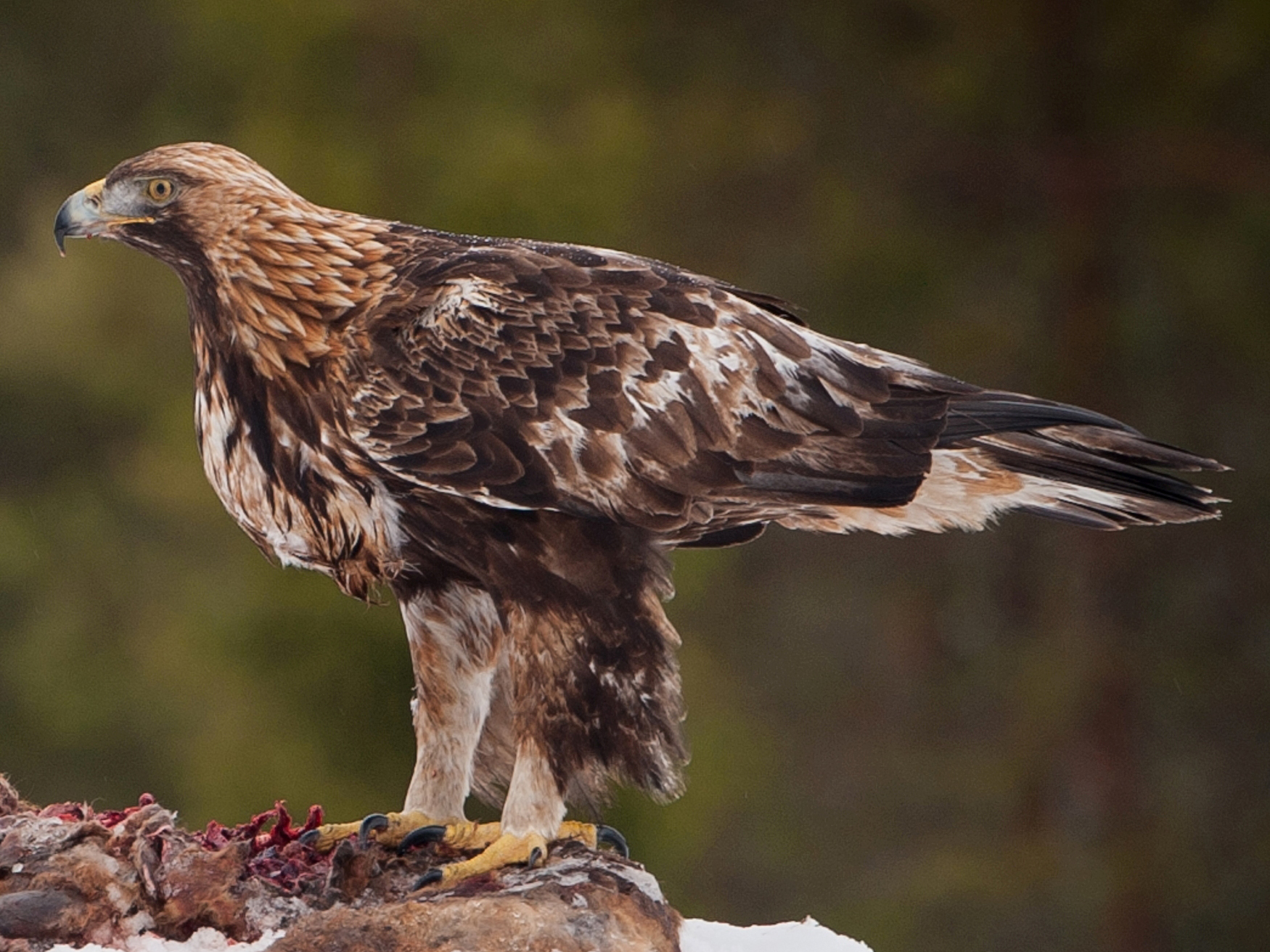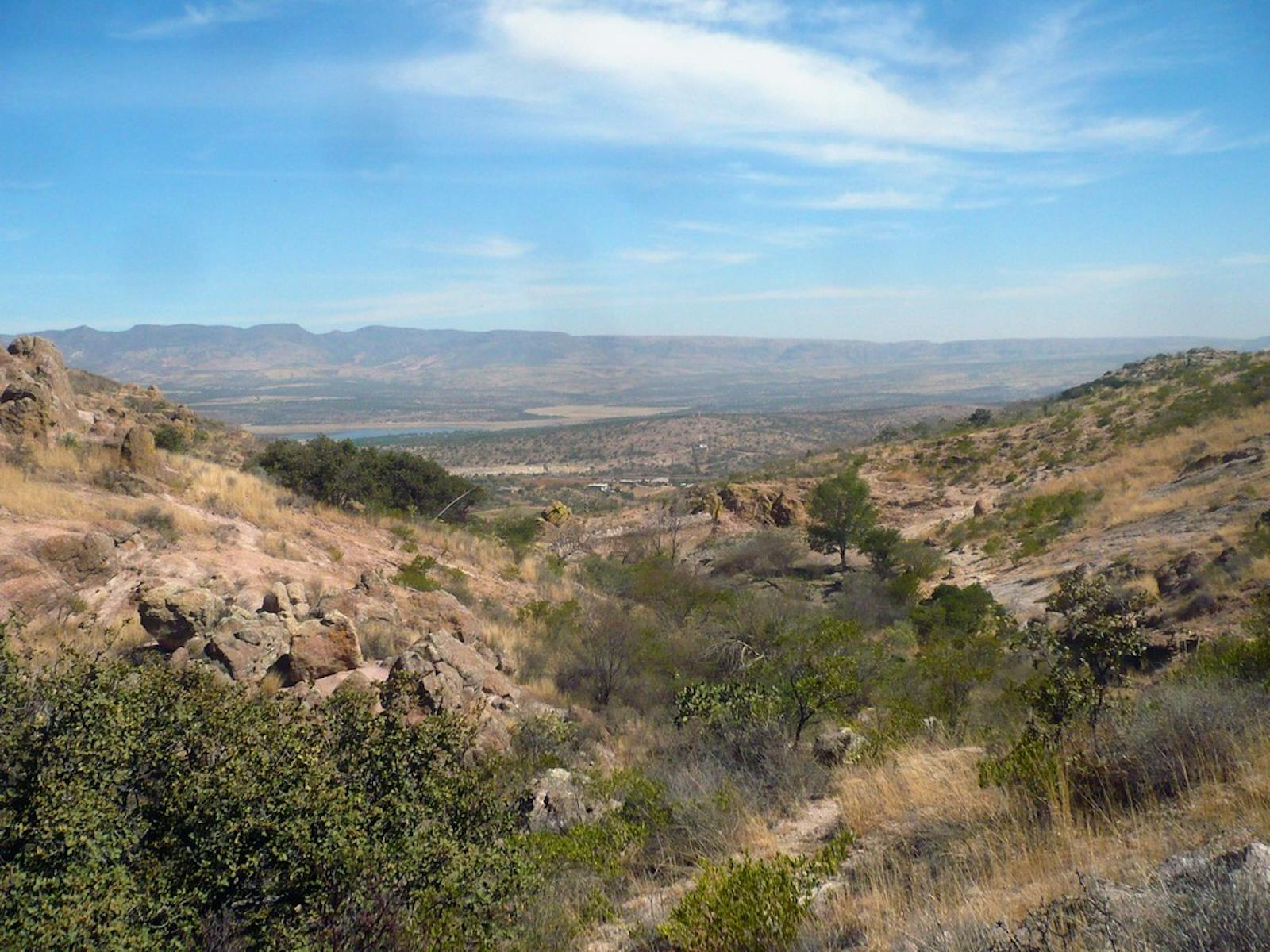Central Mexican Matorral
The ecoregion’s land area is provided in units of 1,000 hectares. The conservation target is the Global Safety Net (GSN1) area for the given ecoregion. The protection level indicates the percentage of the GSN goal that is currently protected on a scale of 0-10. N/A means data is not available at this time.
Bioregion: Sierra Madre Forests & Mexican Drylands (NA29)
Realm: Northern America
Ecoregion Size (1000 ha):
5,949
Ecoregion ID:
427
Conservation Target:
8%
Protection Level:
7
States: Mexico: ZA, SL, GT, QT, HG, ME
Matorral is a Spanish term originally applied to Mediterranean shrubland but has been expanded to include xeric shrublands in Mexico, Chile, and elsewhere. The Central Mexican Matorral ecoregion is a relatively flat desert, with elevations up to 2,000 m, surrounded by mountains and with mountain ranges embedded within it. This ecoregion lies to the south of the Meseta Central Matorral and east of the Sierra Madre Oriental Pine-Oak Forests.
To the south lie the Trans-Mexican Volcanic Belt Pine-Oak Forests and Bajío Dry Forests, and to the west lie the Sierra Madre Occidental Pine-Oak Forests, though all these ecoregions intermingle with the Central Mexican Matorral. Mexico City, the capital of Mexico and the most populous city in North America, lies within the southeastern portion of this ecoregion.
.%20Image%20credit%20Florin%20Seitan%20%7C%20Dreamstime.jpg)
The flagship species of the Central Mexican Matorral is the golden barrel cactus (Echinocactus grusonii). Image credit: © Florin Seitan | Dreamstime
Endemism (the presence of species found nowhere else) is high in this ecoregion because past geologic events, especially the formation of surrounding mountain ranges and the development of pine-oak forests on them, isolated the ecoregion from other regions of similar climate and promoted independent evolution of new species.
This ecoregion has an arid subtropical climate, with hot summers and mild winters. Average annual precipitation is less than 500 mm. Vegetation varies according to elevation, exposure, and soils. In the state of Hidalgo, a relatively small area contains 17 distinct species of cacti. Lechuguilla, false agave, Mexican pincushion cactus, Devil’s tongue barrel cactus, and other cacti inhabit rocky terrain and areas of moderate slope. On similar sites but with deeper soils, the dominant plants are catclaw mimosa and sweet acacia.

Golden eagle. Image credit: Jarkko Jarvinen
At elevations of 2,265 to 2,295 m, wheel cactus, nopal cactus, cane cholla, zaluzania, catclaw mimosa, and various grasses are dominant. On mountain slopes with volcanic soils, ocotillo, prickly pear, and kidneywood tree form the main plant association. Another community on volcanic soils, in areas receiving 300–600 mm of annual rainfall, includes dinosaur back plant, palma china (a yucca), and several species of prickly pear.
A scrub community on limestone soils is dominated by machaonia and includes many shrubs with greatly reduced leaves, including species of agave, sotol, prickly pear, condalia, and ash. In the Valley of Mexico and vicinity, the major plants are nopal cactus, zaluzania, Mexican tree yucca, Peruvian pepper, and catclaw mimosa.
Overall, this ecoregion contains three endemic genera of plants and many endemic species. The Central Mesata Province in the state of Querétaro has 100 species of birds, of which 6.5% are endemic. Across the ecoregion, characteristic birds include white-winged dove, greater roadrunner, groove-billed ani, common poorwill, white-throated swift, white-tailed kite, Harris’s hawk, golden eagle, peregrine falcon, crested caracara, northern beardless tyrannulet, black phoebe, western scrub-jay, verdin, bushtit, cactus wren, rock wren, phainopepla, loggerhead shrike, curve-billed thrasher, pyrrhuloxia, canyon towhee, Botteri’s sparrow, black-throated sparrow, and Scott’s oriole.
The major threat to this ecoregion is intensive agriculture, including crop production and livestock (cattle, sheep, and goats) grazing. Urban growth is the second biggest threat. A third threat is illegal collection of rare cacti for the horticultural market. Unfortunately, very little intact habitat remains—only 5% within protected areas and less than 1% outside protected areas.
This remnant habitat is extremely important for conservation, particularly because this ecoregion and portions of adjacent ecoregions are a hotspot for endemic species, especially cacti and other succulents, but also other plants, reptiles, and birds.
Priority conservation actions for the next decade:
- Greatly reduce livestock grazing across the ecoregion.
- Improve land use planning and regulations to reduce expansion of human footprint and urban sprawl into natural habitats.
- Greatly expand law enforcement to prevent the collection and sale of rare cacti and other plants.
-
-
1. Central Mexican Matorral. World Wildlife Fund. https://www.worldwildlife.org/ecoregions/na1302
2. MacMahon, J.A. 2000. Warm deserts. Pages 285-322 in M.G. Barbour and W.D. Billings, eds. North American Terrestrial Vegetation, 2nd edition. Cambridge University Press, Cambridge, U.K.
3. Howell, S.N.G., and S. Webb. 1995. A Guide to the Birds of Mexico and Northern Central America. Oxford University Press, Oxford, U.K. -
Cite this page: Central Mexican Matorral. Ecoregion Snapshots: Descriptive Abstracts of the Terrestrial Ecoregions of the World, 2021. Developed by One Earth and RESOLVE. https://www.oneearth.org/ecoregions/central-mexican-matorral/
-




